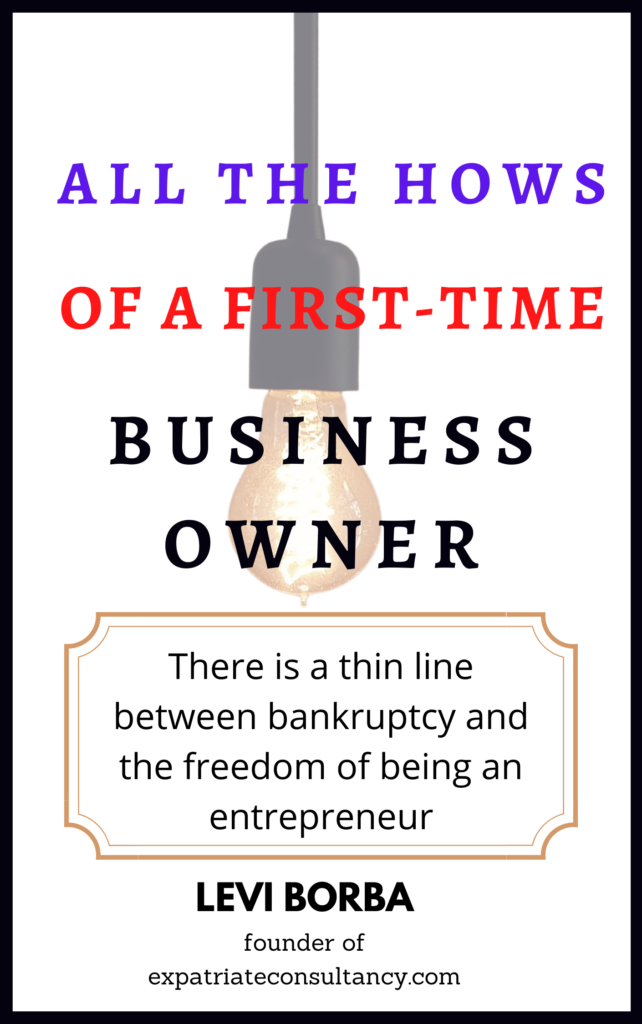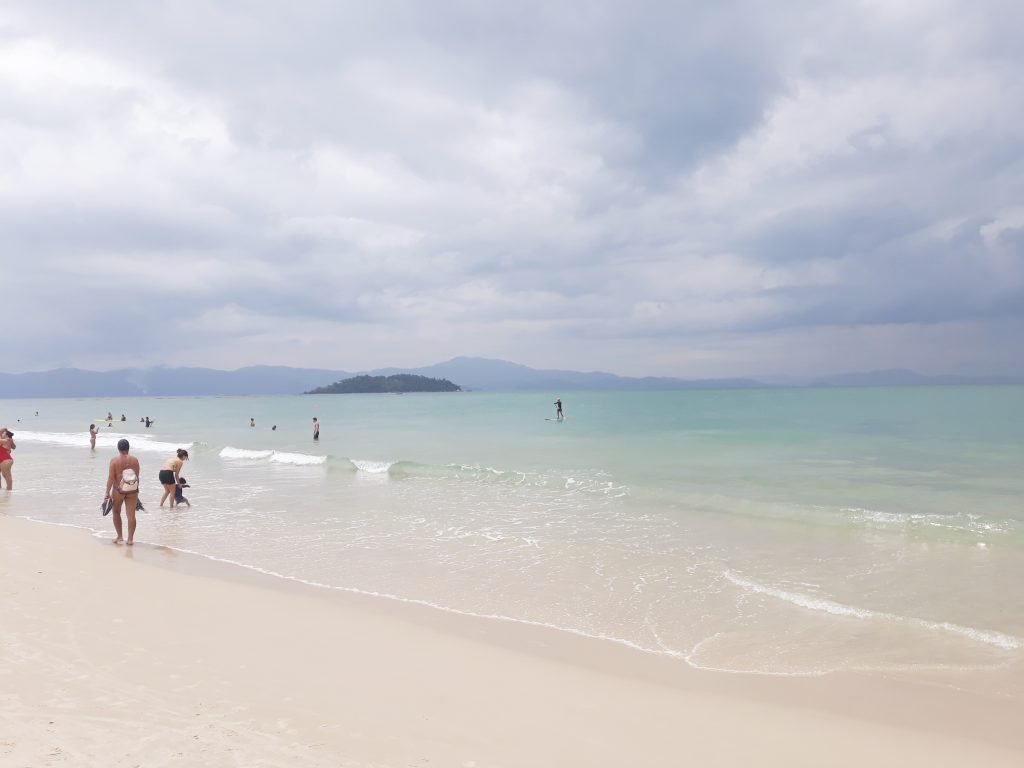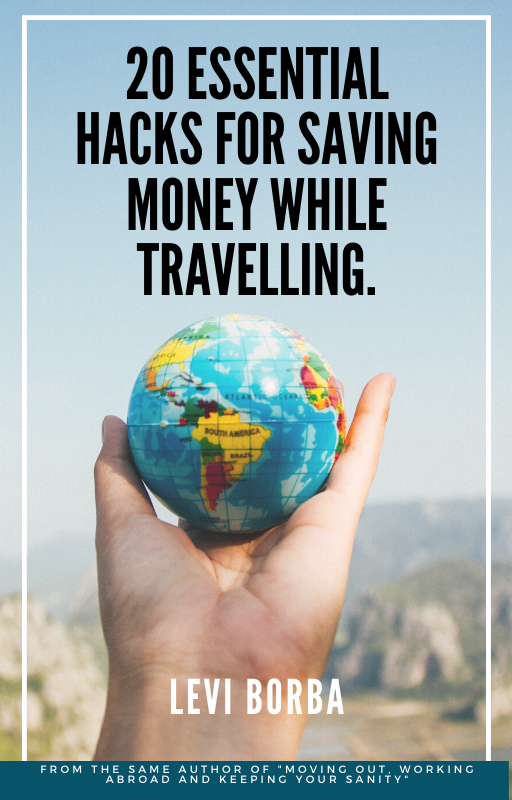What Are the Business Risk Factors Leading to Bankruptcy?

An essential part of any business plan is risk assessment. While I believe you know most of the components of a good risk analysis, there are logical fallacies that we often see even on the best plans. Things that scrupulous regulators and prudent investors hate.
Via Negativa and the Pseudo-Areopagite
Dionysius was a neo-platonic theologian from the VI century. He built the concept of Via Negativa (Latin term meaning Path of Negation).
According to this idea, if we admit the existence of a supreme being above the reason of all humans, it is impossible for anyone to define him. Definitions are, after all, imposing limits to the reality. Since we cannot tell what God is because it is out of our power, the only possibility to describe this supreme being is to say what he is not.
While Dionysius was the first to describe the notion of Via Negativa, the Old Testament and ancient thinkers like Saint Augustine of Hippo used the core notion[1].
Wisdom aside, Dionysius was not very original, since his name (The Aeropagite) is actually a pseudonym taken from a man that lived centuries before. That is why he also known as Dionysius the Pseudo-Areopagite. Not a flattering way to refer to the man who compiled a notion used not only in theology but in heuristic.
The Survivorship Bias in Business failure risk evaluations
During university, I worked part time at an investment brokerage firm. An efficient tool to sell quotas of riskier funds were a dozen slides with time spams ranging from ten to twenty years.
Virtually every share or hedge fund in this time span had positive (and above inflation) returns. This sequence of slides was enough to convince potential customers that in the “long-term”, risky investments pay off.
It was flawed reasoning. Almost deceitful, to be honest, even though I do not plead guilty, but just ignorant—I had little knowledge of selection biases.
In a market where either you have positive returns or your investors withdraw and liquidate your fund, it is clear how misleading were those slides. By choosing a 10-year period, with only the current investment options, it filtered out bankrupt funds, and the investors had no idea about the failures they could face.
This is what we call survivorship bias. Every time you see solid investments with positive returns over decades, you are biasing observation by accidentally filtering out failures.
This treacherous bias turns you into a fool, making poor decisions in financial, personal, and business dimensions.
To discover the righteous path, first eliminate the paths leading to failure.
I first illustrated the concepts of Via Negativa and the Survivorship Bias because together they are the foundation for the argument I will show in the next paragraphs.
A broad competitive analysis is a big step to build a business. To do this analysis, the SWOT (Strengths, Weaknesses, Opportunities, and Threats) matrix is a great tool. However, when you analyze existing competitors, the observed weaknesses and threats often are far from the worst scenarios. Otherwise, those competitors would already be out of the market.
A similar bias happened during World War II. American military specialists thought they should reinforce planes in the wings and tails because that is where fighters had bullet holes – while engines of returning aircraft were mostly intact. They did not realize that airplanes shot in the engine never came back[2]. When you analyze the weaknesses of your current competitors, you are just observing bullet holes in the wings.
In his book Antifragile, Taleb points out that the best way for a person or company to not only survive but prosper in a crisis is to first decrease its disadvantages. A disadvantage (we can also call them fragilities) comprises everything, increasing your vulnerability to risk and volatility.
Know the shortcomings of failed businesses, so the past does not repeat itself.
The reason which I started this article introducing a heuristic concept (Via Negativa), and a logical bias (Survivorship Bias) is because knowing what kills a business is equally (or even more) important than understanding what makes it succeed. In this article, you can check other logical fallacies that investors and entrepreneurs should be aware.
The first step to success is to survive. Had I never learned about the weaknesses of similar companies to mine, I would not be writing those pages about entrepreneurship abroad, because my own business would be dead.
I understand that researching bankrupt businesses and their Causa Mortis is not a motivating task. Every entrepreneur wants to keep a fair dose of optimism to keep going forward. But do not let optimism plays against you.
To discover the route for triumph:
- The first step is to eliminate the paths leading to failure.
- Make a business failure risk assessment.
- Work with multiple scenarios, and seek to get rid of your weaknesses in each of them.
By eliminating the dangerous routes, your chances of choosing the correct door are much higher.
If you have or plan to start a business, check the article we prepared with the best business channels on Youtube and the list of 5 books every entrepreneur should read.
To learn more about business failure risk, watch the video below.
[1] 1 Corinthians 2:9 “What no eye has seen, nor ear heard,
nor the heart of man conceived,
what God has prepared for those who love him” Revised Standard Version Catholic Edition
[2] Mangel, M & Samaniego, F.J; Abraham Wald’s Work on Aircraft Survivability; Journal of the American Statistical Association
Vol. 79, No. 386 (Jun., 1984)
Levi Borba is CEO of expatriateconsultancy.com and a best-selling author. You can check his books here. This article is based on a chapter of the book Starting Your Own Business Far From Home: What (Not) to Do When Opening a Company in Another State, Country, or Galaxy.






Another thing I’ve noticed is that for many people, bad credit is the consequence of circumstances past their control. For example they may be actually saddled with an illness so they have higher bills going to collections. It would be due to a job loss or perhaps the inability to go to work. Sometimes divorce can truly send the financial situation in a downward direction. Many thanks sharing your thinking on this site.